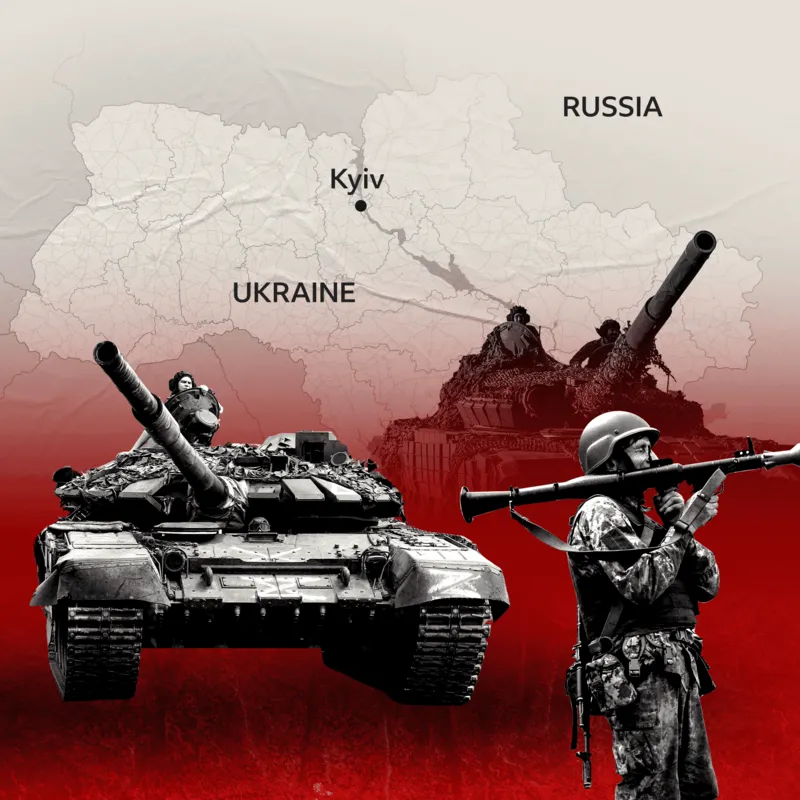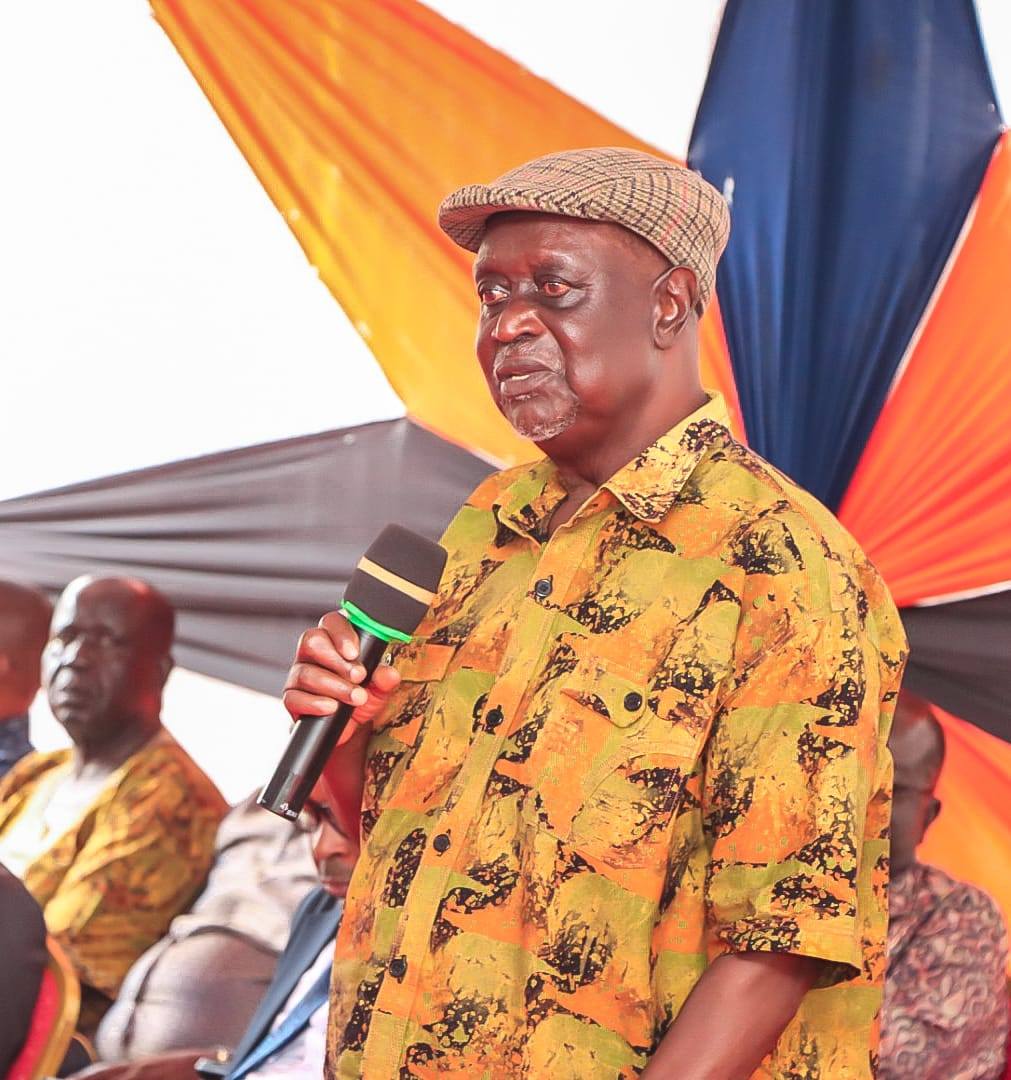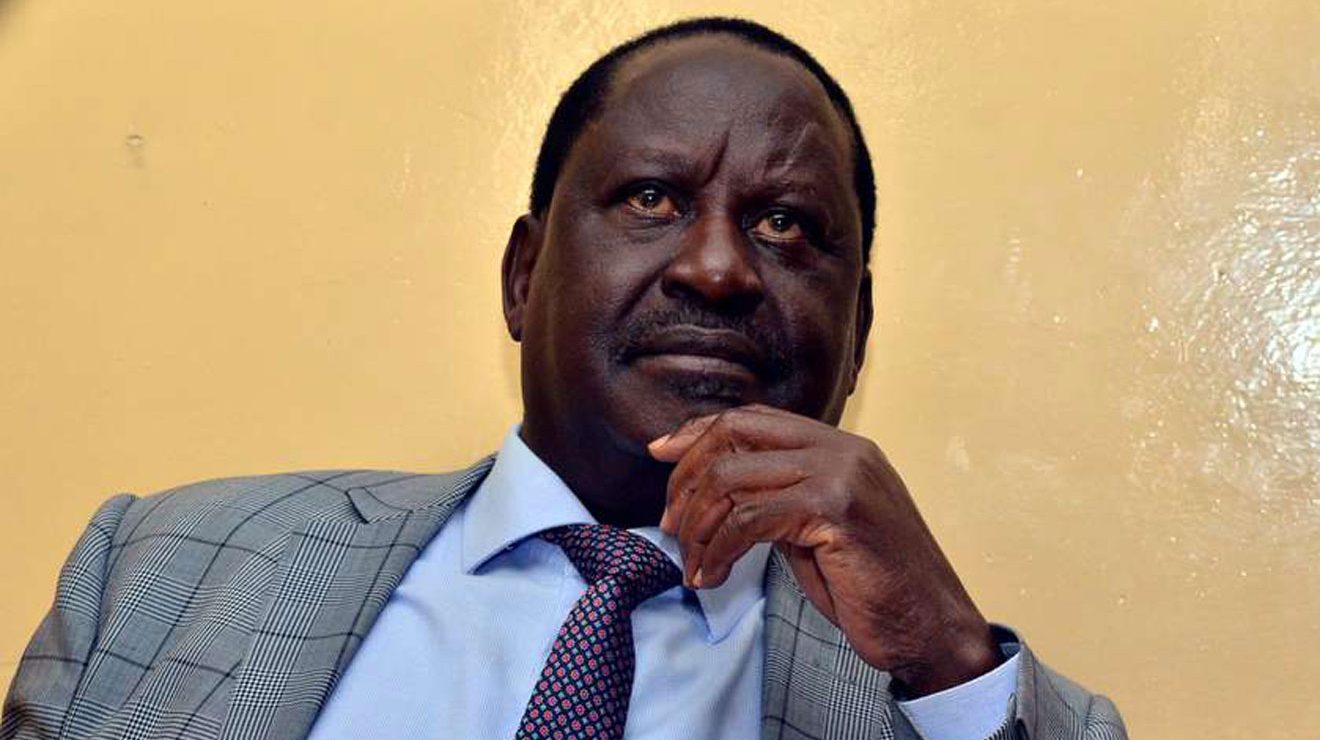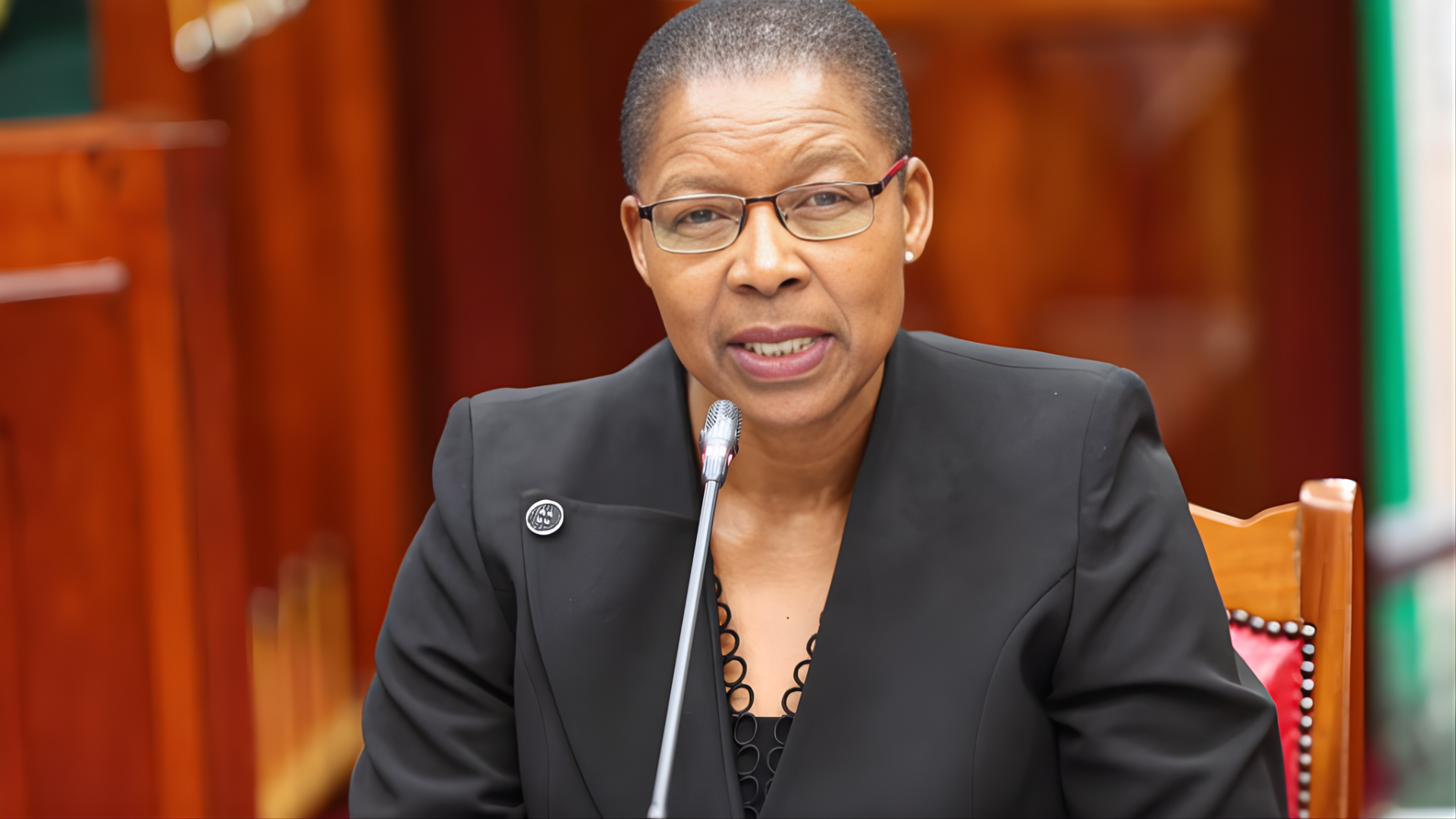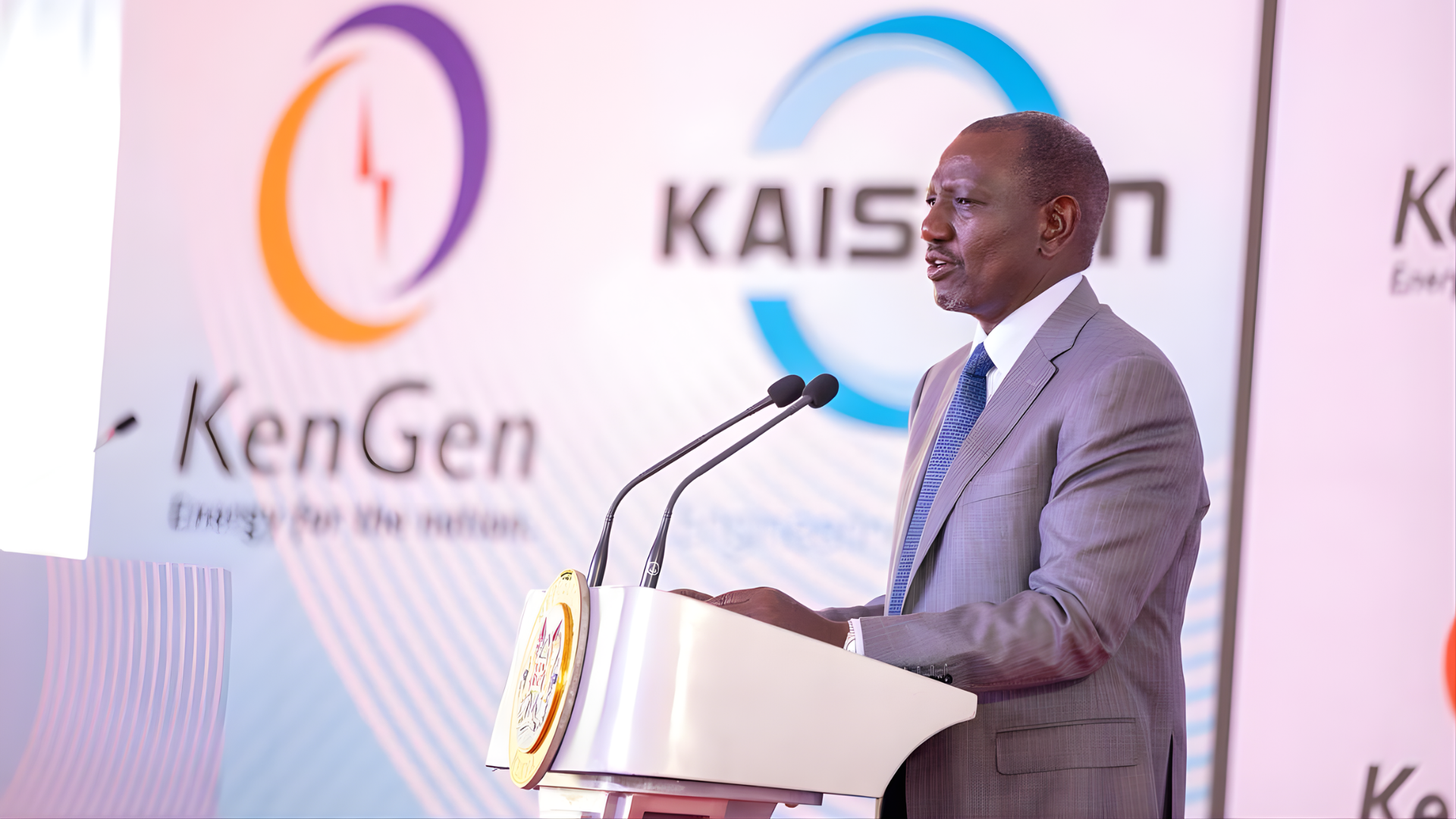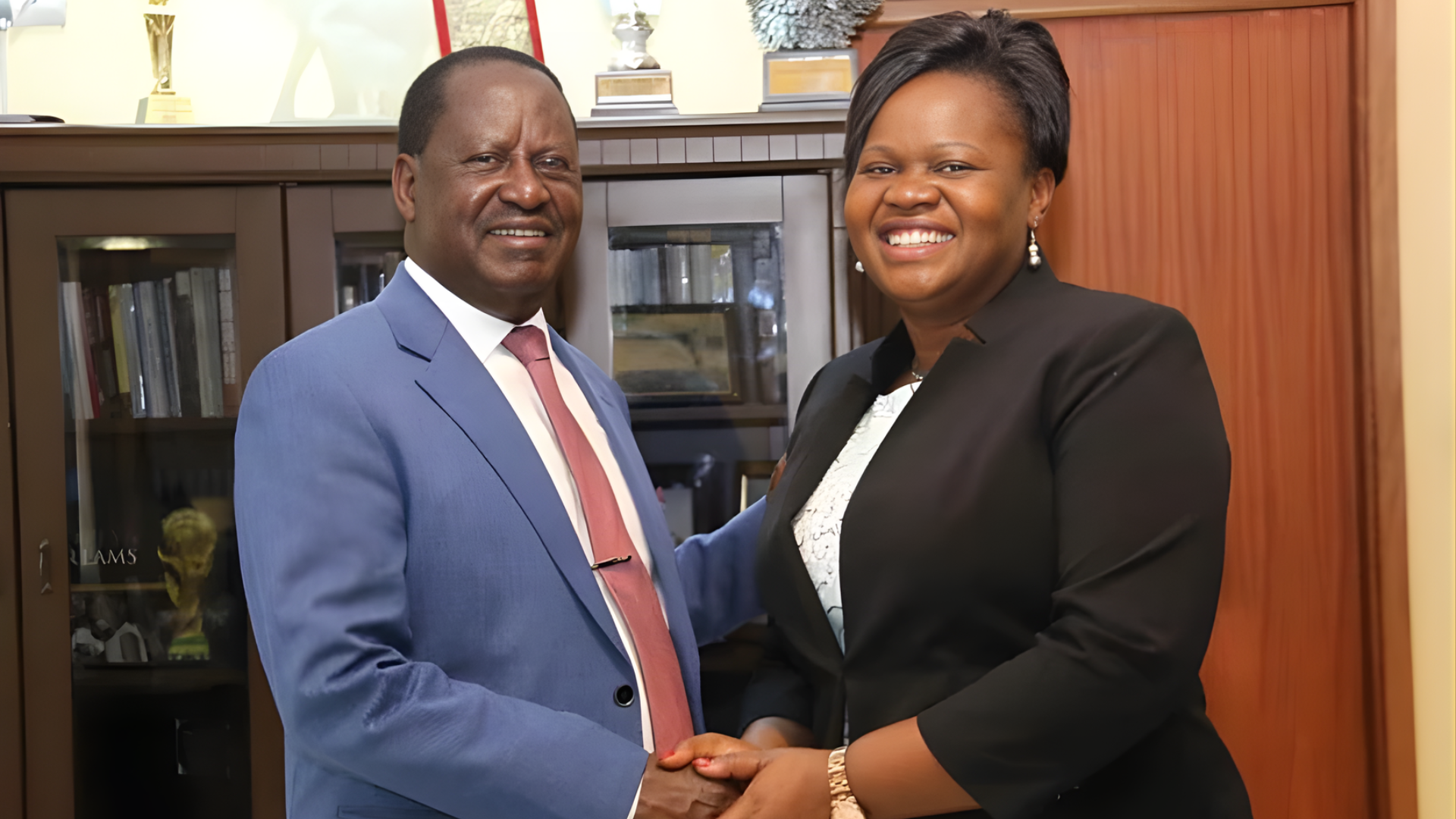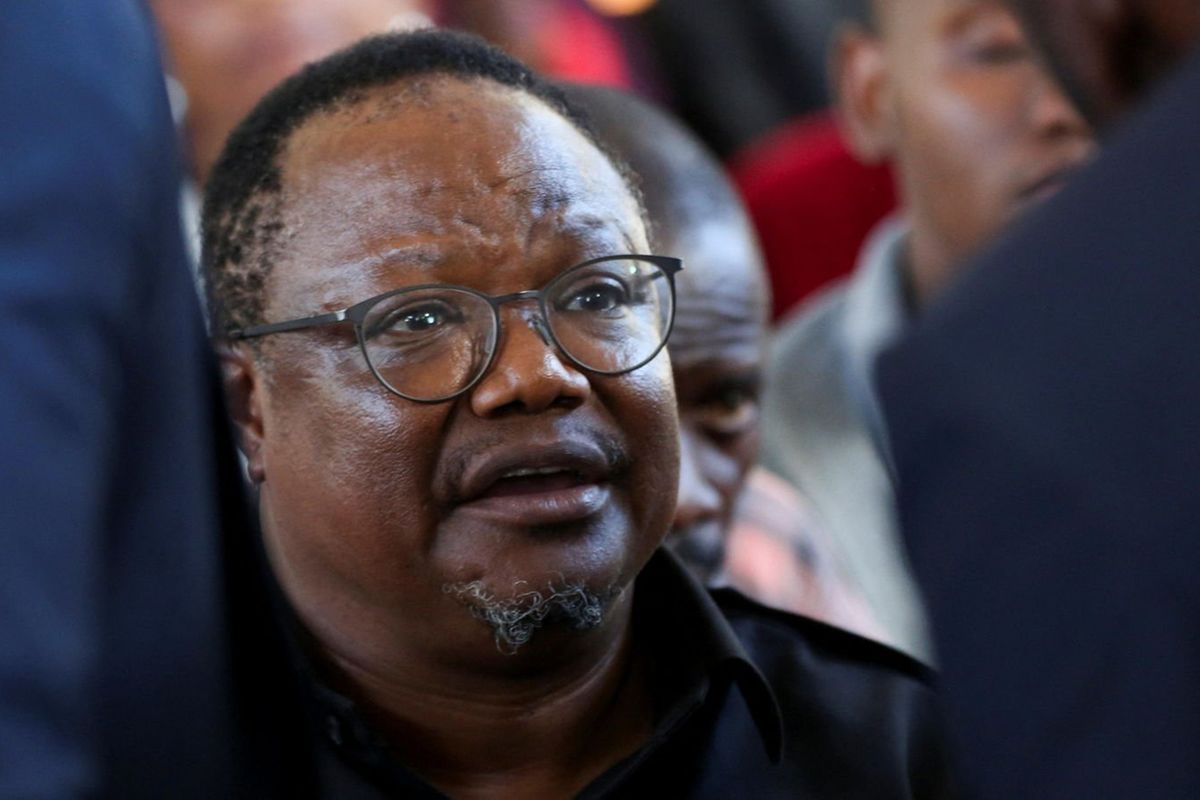The Russia-Ukraine war has entered its fourth year with no decisive victory in sight, evolving into a brutal war of attrition marked by drone-dominated battlefields, frozen frontlines, and high-stakes diplomacy. As world leaders prepare for potential ceasefire talks, the conflict continues to reshape global security architecture while exacting a horrific human toll.
The Battlefield in 2025: Drones, Stalemate, and Tactical Shifts
Drone Warfare Reaches Unprecedented Scale
The skies over Ukraine have become the world’s most intense testing ground for unmanned combat. Russia now deploys over 3,000 drones per month, including next-generation Lancet-5 loitering munitions with AI targeting and jet-powered Shahed-238 kamikaze drones capable of striking Kyiv from Russian territory. Ukrainian forces, though outgunned, have responded with devastating effectiveness—their Bulava strike drones have hit oil refineries deep in Tatarstan, while autonomous "Scythe" drone swarms overwhelm Russian air defenses.
The Donbas Grind: Meter-by-Meter Carnage
After early blitzkrieg failures, Russia has reverted to World War I-style attrition tactics. The current frontline shows minimal shifts since late 2024, with Moscow controlling 88% of Luhansk and 72% of Donetsk. The battle for Chasiv Yar has become symbolic of the war’s futility—Russian forces have spent four months advancing just 5 kilometers at the cost of 23,000 casualties (per Ukrainian General Staff estimates). Meanwhile, Ukraine’s cross-border raids into Kursk and Belgorod have forced Russia to divert troops from critical offensives, buying Kyiv time to fortify defenses.
Black Sea Dominance: Ukraine’s Asymmetric Triumph
Without a traditional navy, Ukraine has rendered Russia’s Black Sea Fleet operationally crippled through audacious drone and missile strikes. Since 2024, 15 Russian warships have been sunk, including the cruiser Moskva’s replacement. The September 2024 Storm Shadow missile strike on Sevastopol Naval HQ killed 34 senior officers, while regular attacks on Novorossiysk have forced Russia to relocate its remaining vessels to poorly equipped ports.
Diplomatic Fronts: Trump-Putin Talks, Chinese Maneuvers, and Western Fatigue
The Alaska Summit: Trump’s High-Stakes Mediation
The upcoming August 15 meeting between U.S. President Donald Trump and Russian leader Vladimir Putin in Alaska has sparked both hope and alarm. Leaked cables reveal Trump pushing for territorial concessions—a nonstarter for Kyiv. Meanwhile, Putin reportedly seeks sanctions relief in exchange for a temporary ceasefire, betting that Western resolve will crumble post-election.
China’s Balancing Act: Peace Broker or Arms Supplier?
Beijing continues playing both sides, hosting Ukraine peace conferences while Chinese firms secretly supply 60% of Russia’s drone components. The recent Suzhou Ecod Precision scandal exposed a vast sanctions-busting network, with microchips routed through Kazakhstan and Turkey.
Europe’s Waning Support
Political shifts in Europe threaten long-term aid. Germany’s AfD party, now polling at 22%, demands an end to weapons transfers, while France’s Marine Le Pen openly questions Ukraine’s ability to reclaim lost territory. Though NATO has pledged €35 billion for 2025, delays in deliveries have left Ukrainian forces outgunned 10-to-1 in artillery.
The Human Catastrophe: War Crimes, Famine, and a Generation Lost
Atrocities Uncovered: New Evidence of Systemic Brutality
A Bellingcat investigation into Vovchansk uncovered mass graves with 450 civilians showing signs of torture—a grim echo of Bucha. Meanwhile, the ICC has issued 12 new arrest warrants for Russian officers linked to child deportations (19,000 minors forcibly taken to Russia).
Global Hunger Weaponized
Russia’s blockade of Ukrainian grain has spiked global wheat prices 300% since 2022, triggering famine risks in Egypt, Pakistan, and Somalia. The recent Odesa port attacks destroyed 250,000 tons of grain, further destabilizing food markets.
Ukraine’s Collapsing Infrastructure
Winter 2025 looms as a disaster, with 60% of Ukraine’s power grid damaged. Rolling blackouts have shuttered hospitals and factories, while 5 million people rely on humanitarian aid for survival.
Three Possible Endgames
- Ukrainian Counteroffensive (2026) – If Western F-16s and ATACMS arrive en masse, Kyiv could replicate 2023’s Kharkiv success.
- Frozen Conflict – A Korea-style armistice, leaving Russia occupying 20% of Ukraine.
- Russian Collapse – Economic sanctions and battlefield losses trigger Putin’s downfall.
With 1 million+ lives potentially at stake, the world watches as soldiers die for inches, diplomats maneuver in shadows, and civilians pay history’s cruelest price.
Sources:
- Institute for the Study of War (Battlefield analytics)
- UN Office for Humanitarian Affairs (Civilian impact data)
- RUSI (Drone warfare studies)
- Bellingcat (War crimes documentation)

